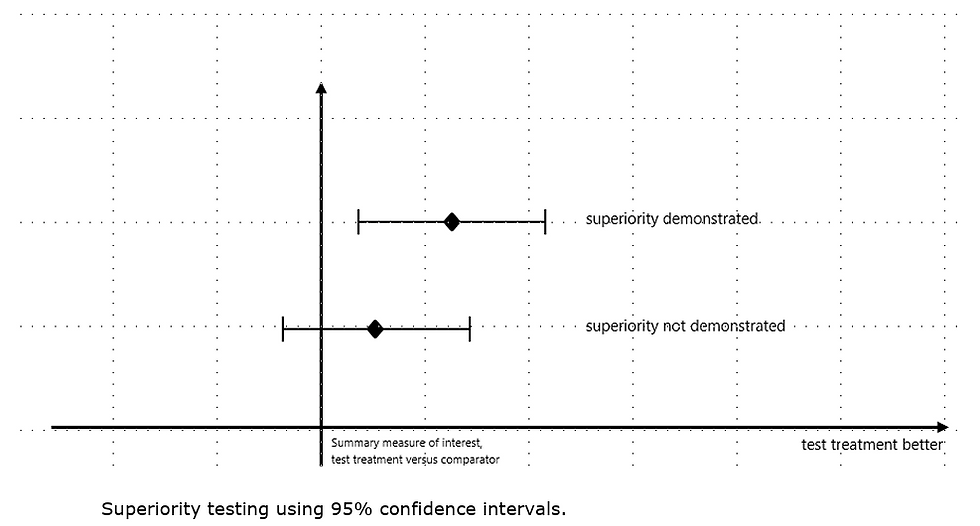USFDA Guidance: Pediatric Drug Development - Regulatory and Scientific Considerations
- Sharan Murugan

- May 18, 2023
- 2 min read
The United States Food & Drug Administration released two draft guidelines today (18-May-2023) "Pediatric Drug Development: Regulatory Considerations — Complying With the Pediatric Research Equity Act and Qualifying for Pediatric Exclusivity Under the Best Pharmaceuticals for Children Act" and "Pediatric Drug Development Under the Pediatric Research Equity Act and the Best Pharmaceuticals for Children Act: Scientific Considerations".
FDA generally considers the pediatric population to include those patients from birth to younger than 17 years and divides the age groups as follows:
Neonates: birth through 27 days (corrected gestational age)
Infants: 28 days to 23 months
Children: 2 years to 11 years
Adolescents: 12 years to younger than 17 years

This guidance is intended to assist the industry in developing drug products to comply with the pediatric study requirements under the Pediatric Research Equity Act (PREA), as well as to describe the process for qualifying for pediatric exclusivity under the Best Pharmaceuticals for Children Act (BPCA) and the protections that pediatric exclusivity offers.
The guidance assists the pharmaceutical industry in understanding the legal obligations, study requirements, and submission procedures for pediatric drug development, with the aim of ensuring safe and effective medications for children.
The primary goal of this guidance is to assist the pharmaceutical industry in obtaining data and information necessary to support the approval of drug products in pediatric populations.
FDARA's (FDARA's) amendments to PREA are briefly discussed in this guidance. Sponsors of adult oncology drugs with molecular targets that are substantially relevant to the growth or progression of pediatric cancer must submit reports on molecularly targeted pediatric cancer investigations when the drugs are approved.



Comments